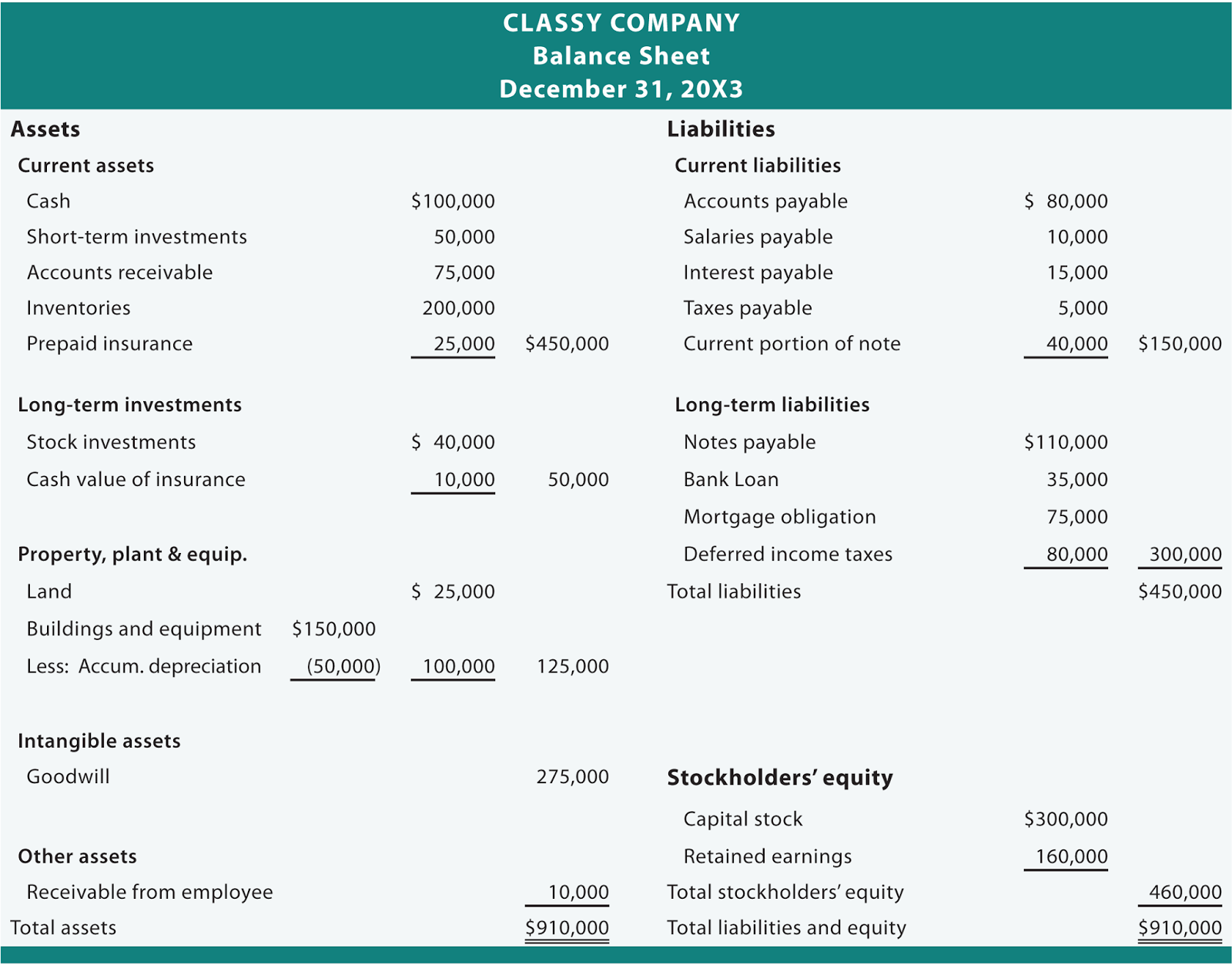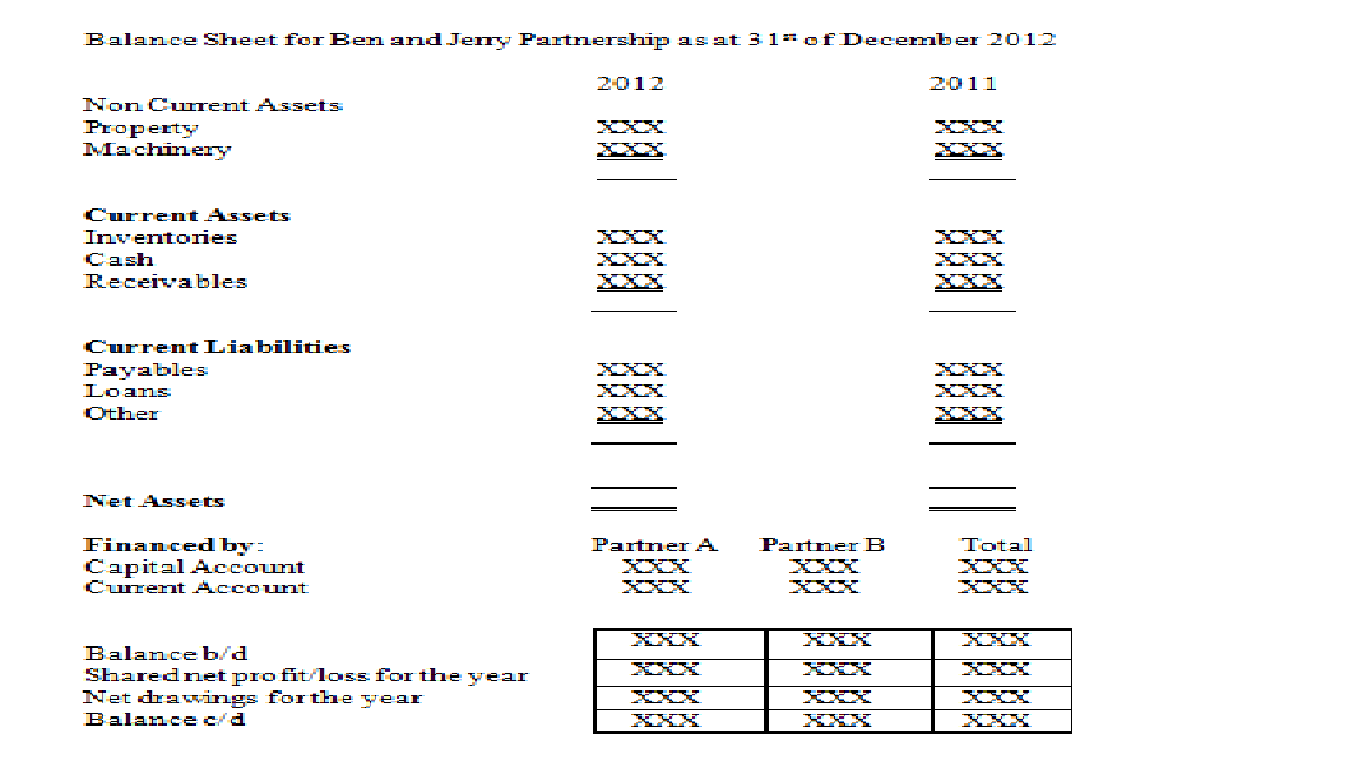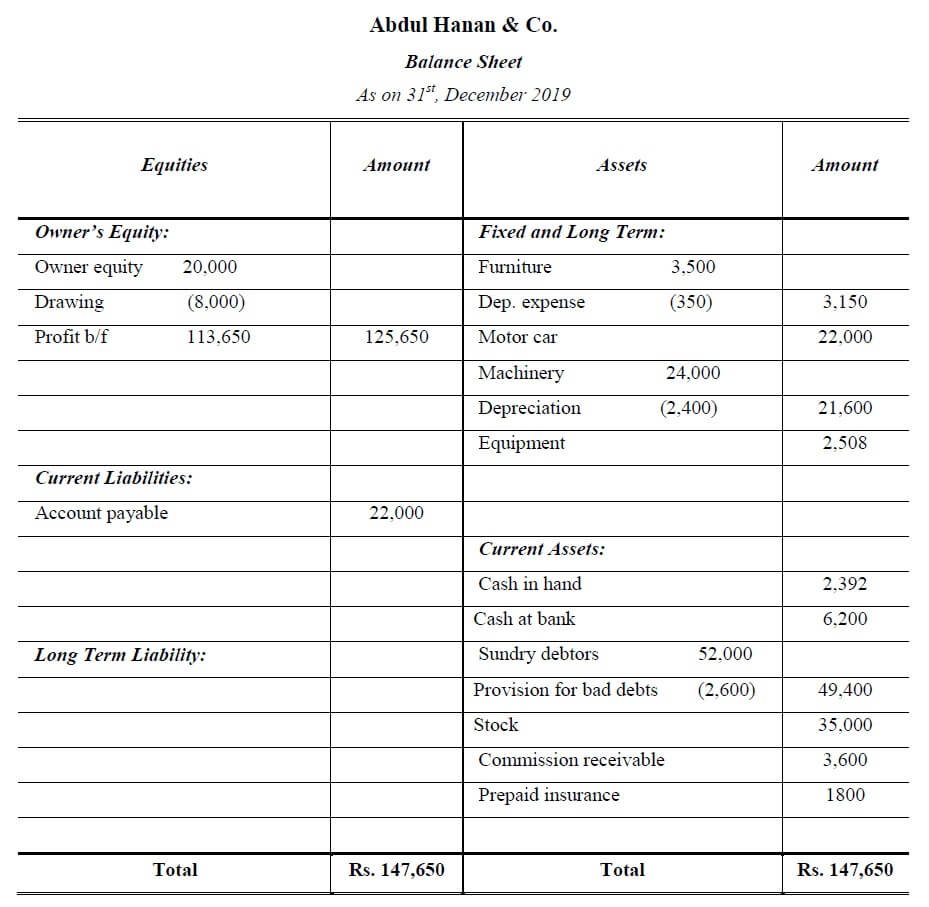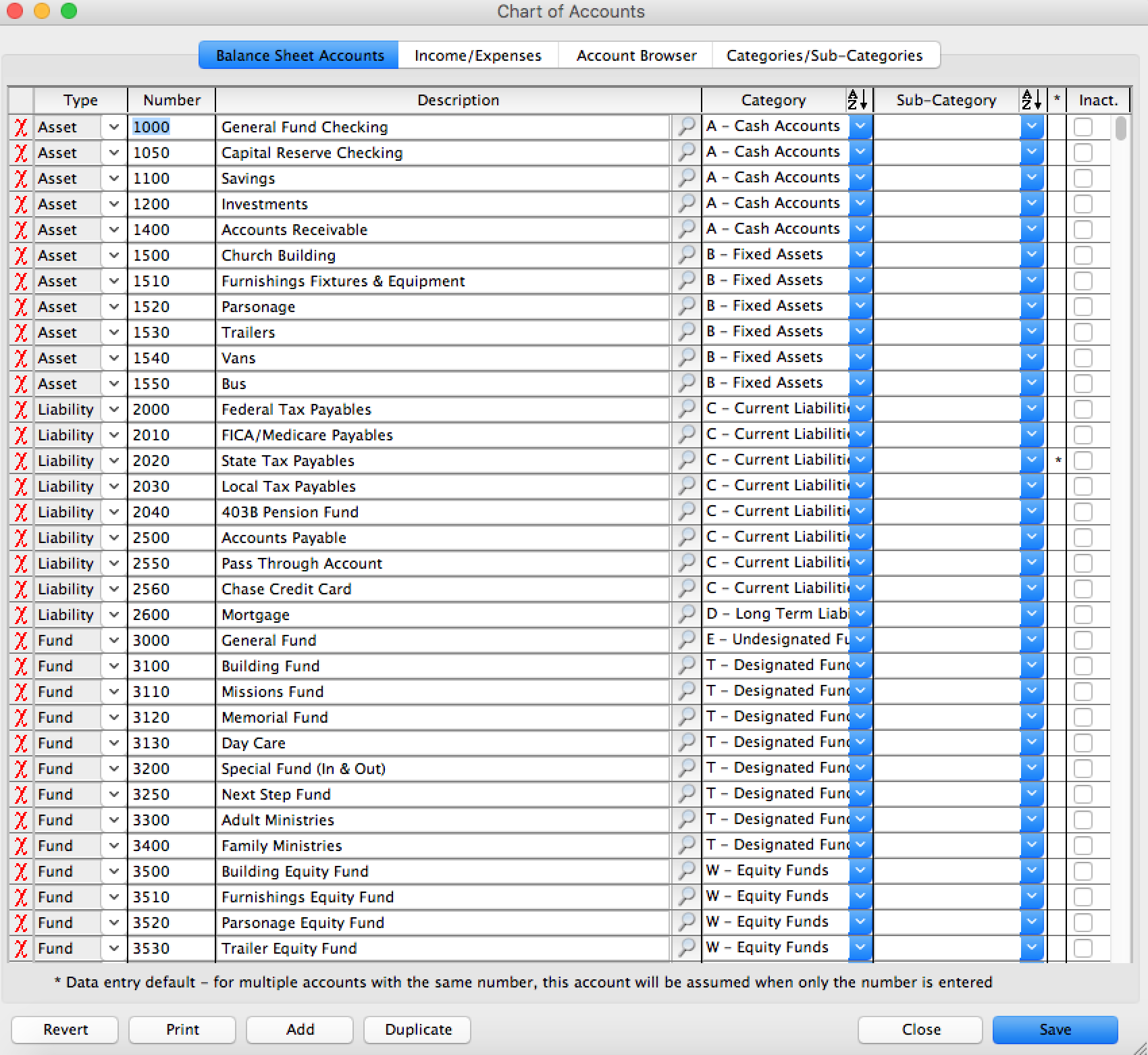Formidable Info About Accounts On The Balance Sheet
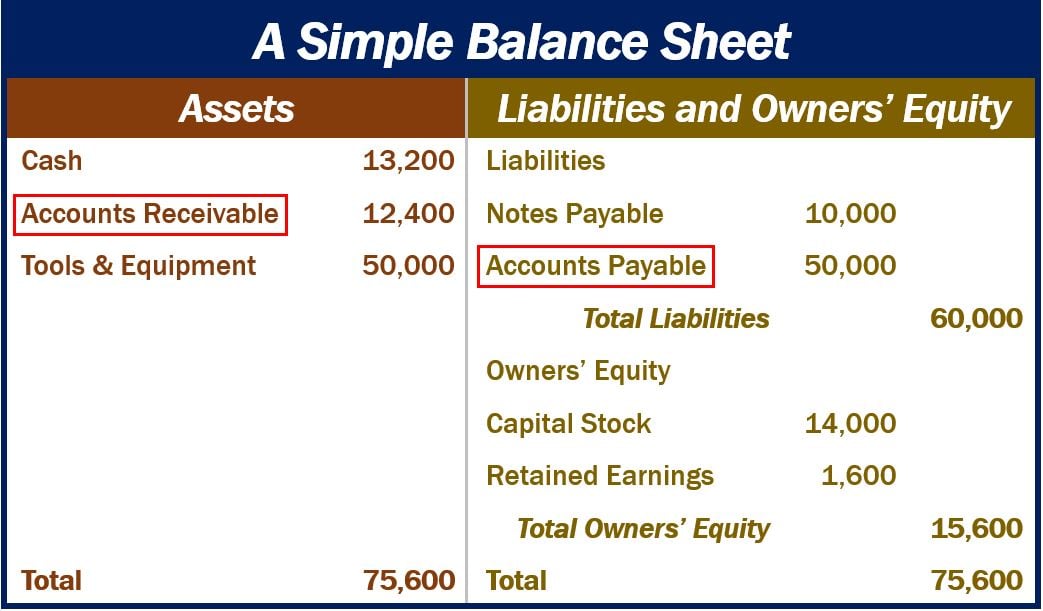
Assets = liabilities + shareholders’ equity the three components of the equation will now be described in further detail in the following sections.
Accounts on the balance sheet. Assets represent things of value that a company owns and has in its possession, or something that will be received and. What is the balance sheet? How to read the balance sheet?
Assets = liabilities + shareholders’ equity the equation above includes three broad buckets, or categories, of value which must be accounted for: A balance sheet covers a company’s assets as defined. One of the fundamental tenets of accounting is that this relationship between assets, liabilities, and owners’ equity must always be in balance (hence the name “balance sheet”):
Assets, liabilities, and owner’s equity. It had miscalculated the proportion of risky loans on its balance sheet, meaning metro breached bank of england rules that required banks to hold enough capital to cover potential losses. If you need help understanding your balance sheet or need help putting together a balance sheet, consider hiring a bookkeeper.
A balance sheet is a comprehensive financial statement that gives a snapshot of a company’s financial standing at a particular moment. For example, if the company pays $40 to one of its trade. The term balance sheet refers to a financial statement that reports a company's assets, liabilities, and shareholder equity at a specific point in time.
You can think of it like a snapshot of what the business looked like on that day in time. Investors and shareholders are interested in the d/e ratio of a company to understand whether they raise money through. Open both transaction detail and inventory valuation reports.
Businesses typically prepare and distribute their balance sheet at the end of a reporting period, such as monthly, quarterly or annually. As bond markets have already recalibrated bets on rate cuts for this year, with the ecb remaining on hold for longer,. This is the cash you receive during regular transactions at your business.
These accounts are not flushed out at the end of a reporting year; It reports a company’s assets, liabilities, and equity at a single moment in time. This tutorial contains links to products some readers may find helpful.
Both parts should be equal to each other or balance each other out. A balance sheet is guided by the accounting equation: Set the report basis to accrual.
Close the balance sheet report. While most balance sheet accounts that need to be set up are common to all businesses, some depend on the type of business. Assets = liabilities + owners’ equity
Instead, they carry balances forward from year to year. A balance sheet provides a summary of a business at a given point in time. This means that the assets of a company should equal its liabilities plus any shareholders’ equity that has been issued.
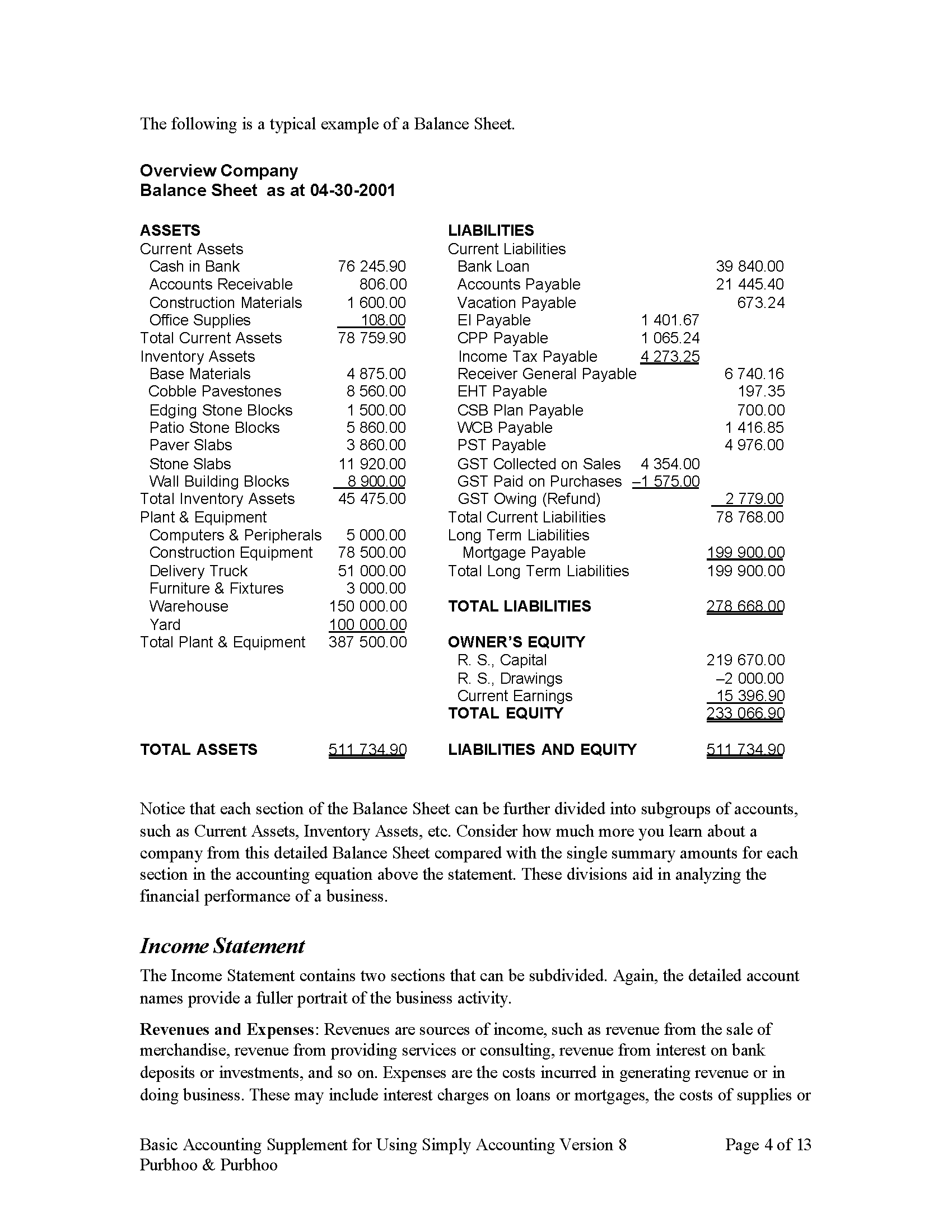
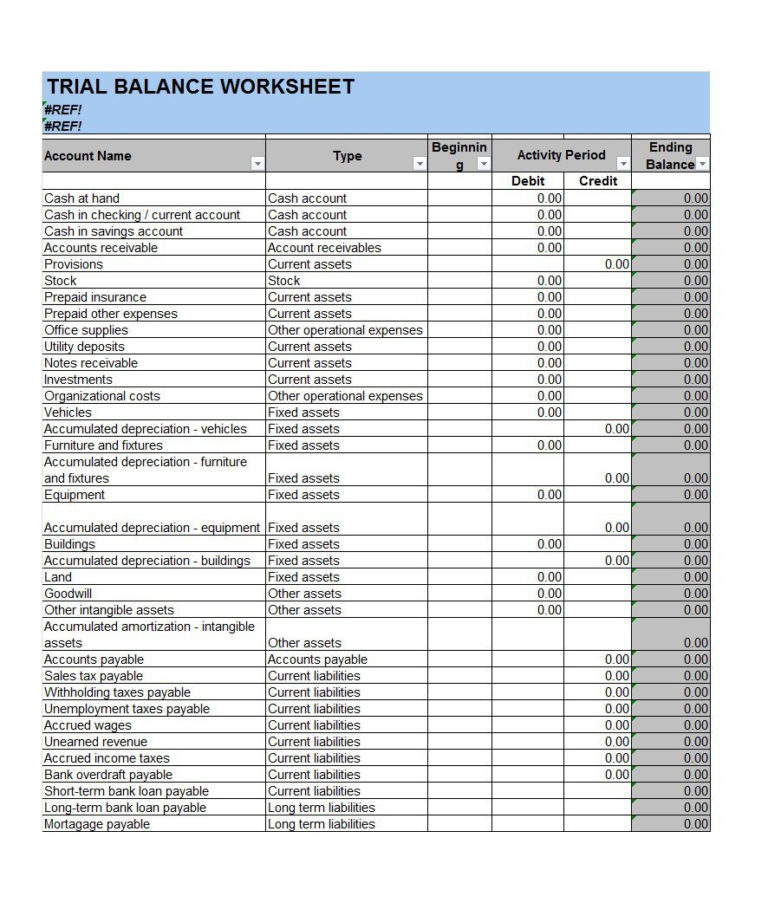

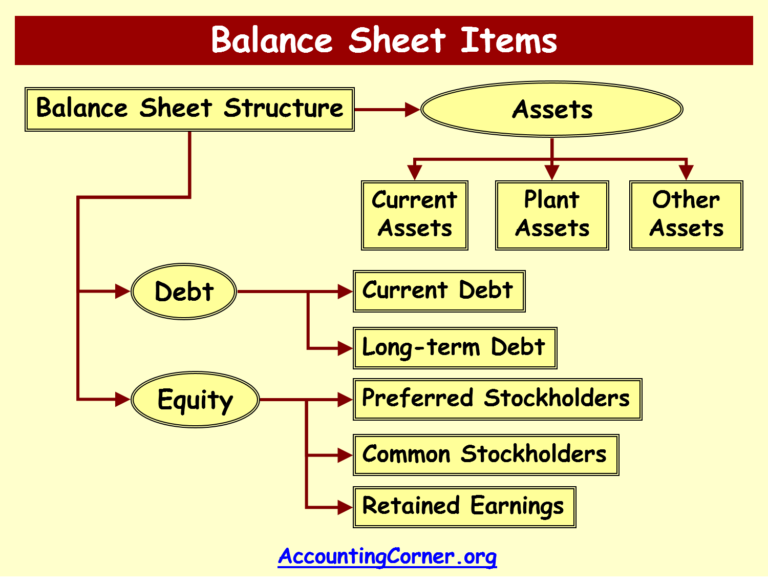
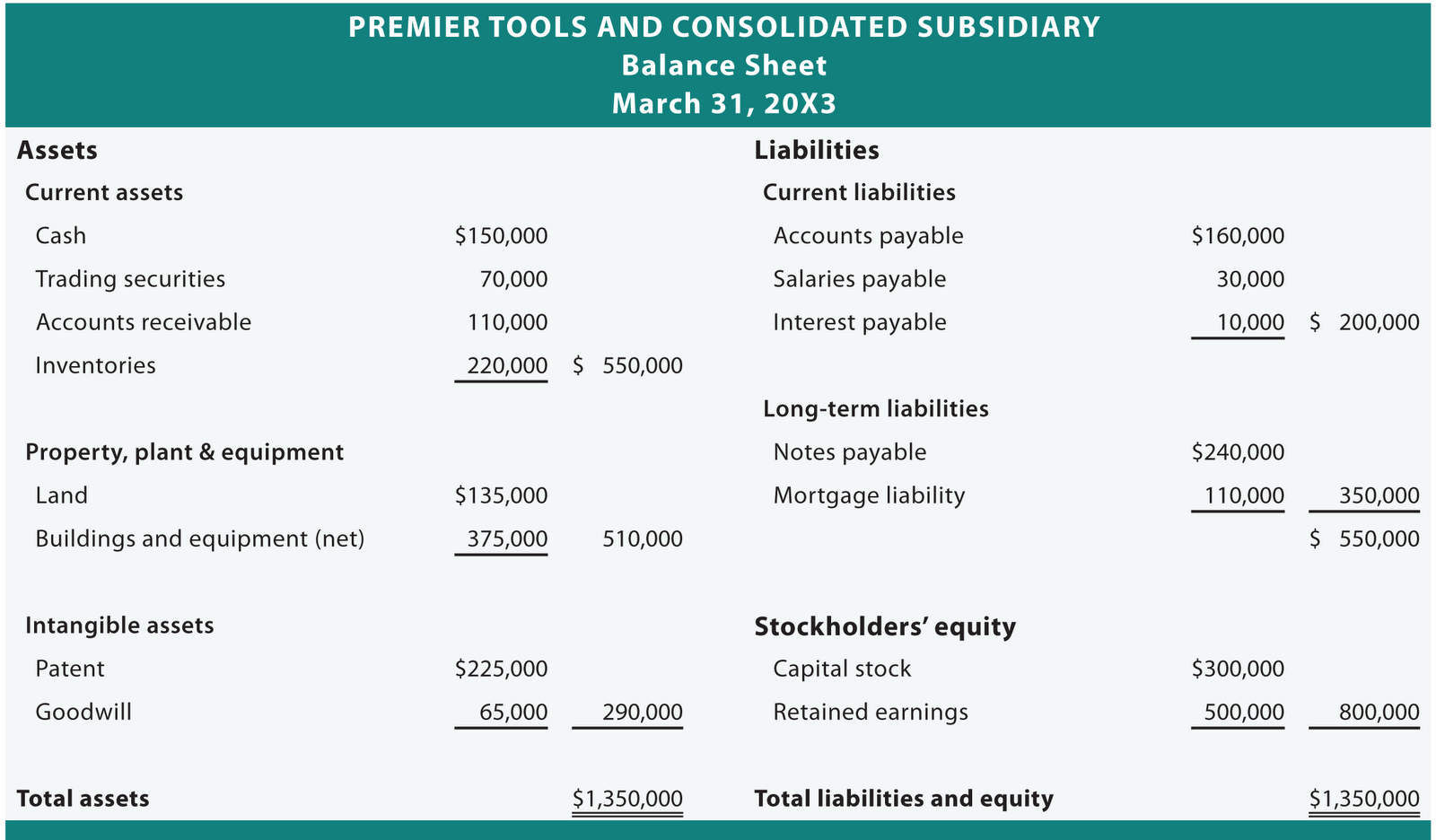
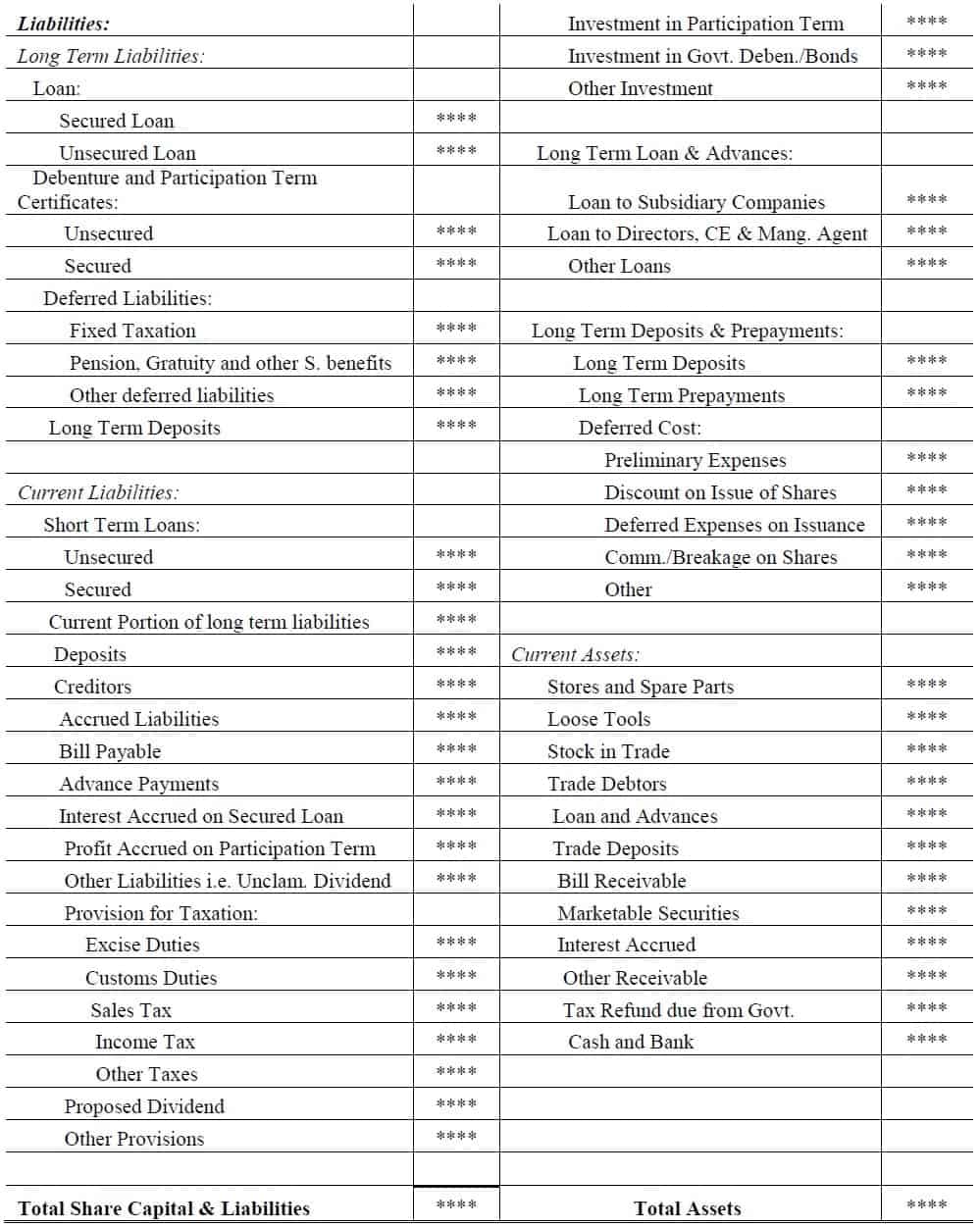

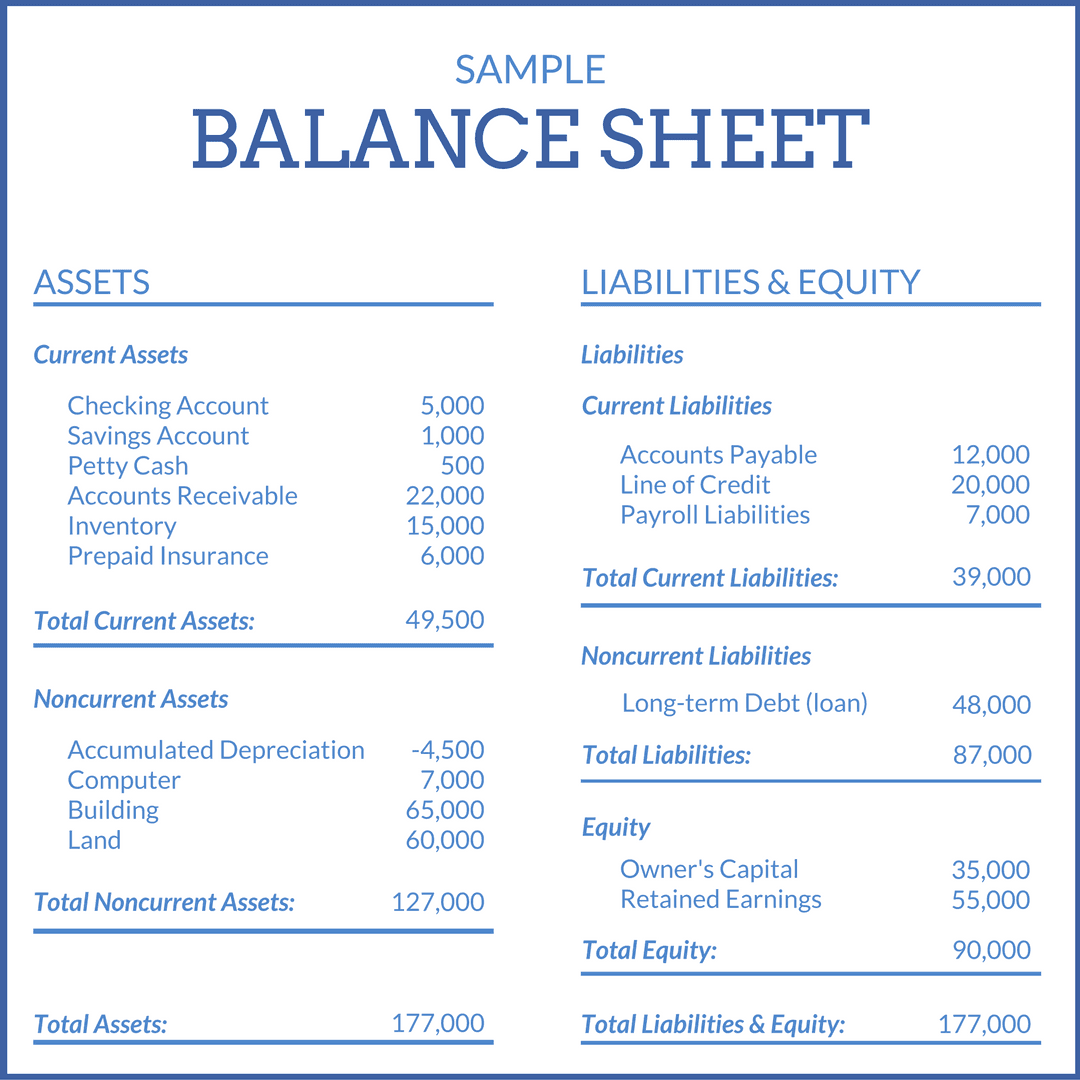
:max_bytes(150000):strip_icc()/phpdQXsCD-3c3af916d04a4afaade345b53094231c.png)
